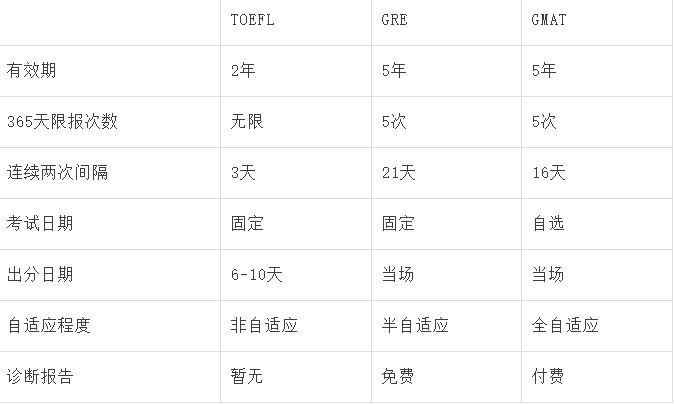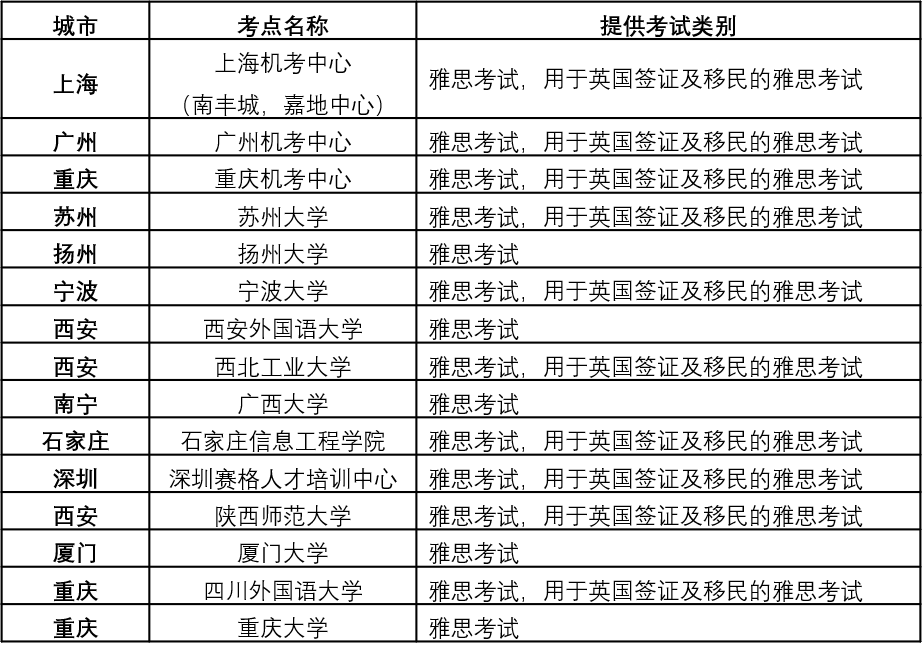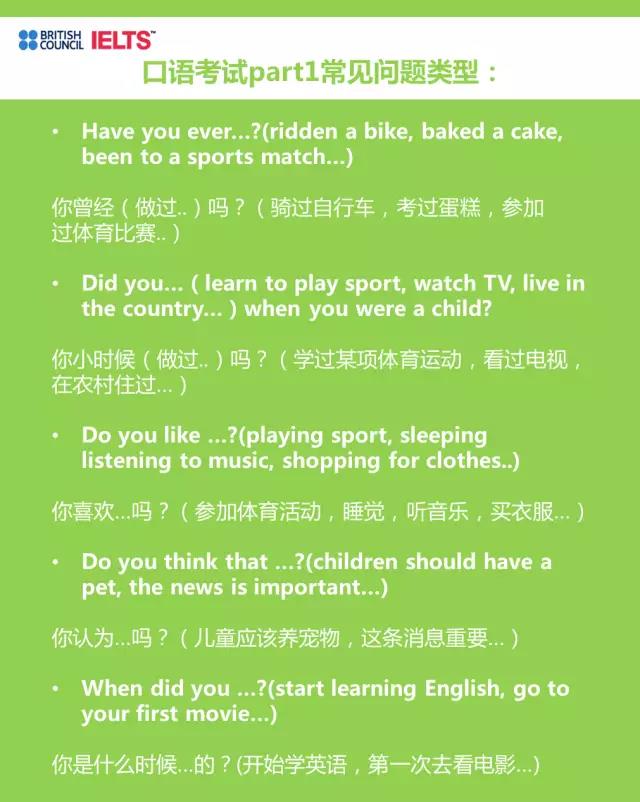参加雅思口语考试,有哪些细节是需要考生们特别注意的。今天小编给大家带来雅思口语考试进行中需要注意哪些事项,希望能够帮助到大家,下面小编就和大家分享,来欣赏一下吧。
雅思口语考试进行中 需要注意哪些事项
雅思口语考试注意事项一、手势方面:
手势属于不错可以吸引关注度的一种方式,同时还可以更好的增进谈话时的理解度。但有的身体动作一定要在考试时做哦。用手指着对方是非常不礼貌的事情,不断的挥舞双臂亦或是抖动双腿都是非常没有礼貌的表现。抓耳朵摸鼻子的动作会使考官认为你在撒谎,咬手指亦或是挠头皮的动作也一定别做,否则有洁癖的考官肯定会对你个人印象非常差。
雅思考试口语注意事项二、目光接触方面:
目光接触要有,但一定不能够直直的盯着考官,要不然考官会认为很尴尬。此外有的人讲话在加重语气时喜欢瞪大眼睛,但是在西方人眼里,眼睛瞪大是十分的礼貌的,多有怒目的感觉。事实上在西方电影里的是很容易发现,西方人表示惊讶时一般是吐舌头或微微耸肩,很少有人瞪大眼睛的。
雅思口语考试注意事项三、咬笔头:
第三点,一定别习惯性咬笔头!在雅思考试topic2时,考官会拿出一支铅笔给你,让你写点什么。在平日里有咬笔头习惯的考生一定要注意了,别去咬这只笔的笔头啊,后面的考生还要用这只笔,考官看到你咬它会觉得很不卫生,对你的印象也会大大打折扣。
雅思口语考试注意事项,希望可以引起备战雅思口语的你的重视!好啦,这就是本次雅思考试资讯,想了解更多口语知识吗?那就继续关注天道出国留学吧!
雅思口语宠物话题解析
雅思口语part1常见话题
Describe a pet you would like to own.
Describe a pet people often keep in their country.
题目分析
遇到关于宠物的话题,家里养宠物的同学们是不是觉得非常得心应手?有没有很多关于自己养宠物的经历想要与考官分享呢?欣怡老师家里从小到大养过十多条狗狗,还有热带鱼和各种鸟,现在还自己养了一只名为“小怪兽”的仓鼠,所以聊起这个话题感觉有说不完的话。当然,没养过宠物的同学们遇到这个话题也不要慌,想一想自己想养哪种宠物?如果觉得小猫小狗太寻常的话也不妨可以尝试一下讲一些让考官们眼前一亮的宠物喔。
思路点拨
好,回归正题,遇到这样的话题第一步我们需要理清思绪,想清楚自己的口语话题要从哪几方面展开会比较充实。其实这个话题与描述一种野生动物的套路是一样一样的,在描述自己养过或者想养的宠物时,考生也需要介绍宠物的外观、生活习性等细节,关键是能够介绍出自己如何饲养这一宠物以及饲养这一宠物给自己带来的好处,例如快乐地陪伴、培养爱心和耐心等待。
建议包括以下四点:
(1) What it is
(2) How long you have raised it
(3) How to take care of it
(4)Explain what benefits you can get from keeping a pet
Sample Answer
If I ever decide to buy a pet, I would buy a hamster. A hamster is a kind of mouse, and it’s smaller than a rat. It doesn't have long tail, and its mouth is not sharp. Hamsters have a lighter colour, something like gray. The reason I choose hamsters is that they’re so adorable and mischievous. Furthermore, hamsters like to run around a wheel and can go for 15-20 minutes without stopping. To me it is fascinating to watch them do that.
They are actually very easy to take care of. I would just need to put the hamster in a cage, have some pet toys in there, and that would be enough. Food for hamsters is very simple: they like to eat carrot, fruits, and nuts. Of course, we shouldn't forget water. It's very simple to keep the cage clean. Just make sure the cage is clean and water is replenished every day. I would say a hamster is a very clean animal and very entertaining just to watch. I'm sure all kids and adults would surely like a hamster.
贴心词典
adorable adj. 可爱的
mischievous adj. 淘气的
replenish vt. 补充;把…装满
雅思口语话题思路拓展方法
一.拓展思路方法之:多重角度
在口语考试中,有时考生常常因为思考角度比较单一,所以答案内容也会有些单薄,这时我们不妨多一个角度思考问题。下面我们来看一下真题演示:
1. “WH问题”
Part1 真题:Do you prefer to buy things in small shops or in big supermarkets and department stores?
思路演示:Well,I’m more into small shops if I would like to buy things that are special, you know, something like shoes,or accessories. But if I need to buy foods or electrical equipment, then it’s more likely that I would go to a department store, which is more reliable …
2. “Yes/No问题”
Part 3真题:Do you think healthy eating is important?
思路演示:Yes,eating healthy foods is necessary in many ways,especially that it can prevent some diseases like diabetes. But I think that it is fine to eat a little unhealthy foods in moderation,in fact,we have to say that most of the fast foods are tastier than healthy foods…
从以上的例子我们可以看到,从多一个角度考虑问题,答案往往就会丰富许多,并且听起来更加合理全面。但是笔者还是要提醒广大考生,参考这种回答方式时,一定要注意先给出明确直接的答案,否则会让考官感觉你并未给出正面观点,有跑题的嫌疑。
二.拓展思路方法之:多重细节
造成答案过短的主要原因之一就是“只回答”考官所提的问题。而是事实上,考官提问的目的并不“只想听”问题的答案。在基本答案的基础上,考生们需要主动给出更多额外信息,因为考官想听到更多“语言能力”的展示。
所以大部分的题目的核心拓展思路为:Direct answer + X
1. X= 5WH+ How Often
这个方法基本就是“自问自答”,把与核心内容相关的各方面信息主动提供给考官,然后连缀成完整的答案。下面我们来看一下part1和part2的一些真题演示。
Part 1真题:Have you travelled recently?
思路演示1 :Yes, I have. (Direct answer)Last month(when) I went to Hong Kong(where) with my parents(who). We had a great time at the Disney Land and went shopping,too.(what) 思路演示2: No,I haven’t(Direct answer). I’m been busy with my studies(why).But after the exam(when), my parents and I(who)are going to Hong Kong and we would like to go to Disney Land and go shopping, too. (what)
Part 2真题:Describe a library that you have used.
You should say:
where it was
what type of library it was
what you used the library for
what you liked and /or disliked about this library
and explain how useful it was for your studies or research.
思路演示:“where it was”: on campus(Direct answer)
(Where): It was next to our teaching building of English Department (When) : It was built 50 years ago when our school was established. (Who) : Most of the students liked to go there as well as the teachers (How often): I almost went there everyday especially around exam time.
我们可以看到,这个方法简单易行,是拓展思路最基本的方法,只要具备基本的语法功底就可以轻松做到。 但在part2中笔者建议考生们不要使用“过量”,因为part2有严格的时间限制,如果每一条point都补充很详细的信息很有可能会遗漏卡片上的重要信息,甚至会让考官觉得你“跑题”,所以适可而止就可以了。
2. X= examples
在基本答案之后,考生可主动引入例子。我们先来看一下常见真题的演示:
Part 1 真题: What's your favourite type of music? 思路演示: Well,I’m a big fan of Modern Popular Music(Direct answer), you know, like Hip-Pop, Rap, Rhythm and Blues , Rock ‘n roll, things like that… Part 3 真题:What kinds of films do people in China like to watch? 思路演示:Well, they watch a broad range of movies, in fact(Direct answer). For instance, men prefer Action & Adventure , Martial Arts and Romantic Comedy. But women are more into Romance and Romantic Comedy. And children are quite interested in Science Fiction and Animated Cartoons…
你会发现,如果你对所涉及话题比较熟悉,就应该主动找机会采取举例子的方法,把之前积累的词汇作为“examples”展示出来,这是展示“vocabulary”的能力,化被动为主动向考官拿分的好方法。 3. X= feelings and opinions
我们都知道在口语part1和part2中问题都是围绕考生的personal details来设置的,所以可随时加入自己的感受与观点,我们先来看一下常见的真题的演示:
Part 2真题:Describe a teacher who has greatly influenced you in your education.
You should say:
where you met them
what subject they taught
what was special about them
and explain why this person influenced you so much.
思路演示:“what subject they taught” He taught us maths in the second year of middle school. Well, I have to say that, before I had Mr. Chen as my teacher, maths had always been so boring and difficult to me that I always slept during class, it was my nightmare, you know. And I guess that is why I didn’t like him at the beginning…
通过以上的例子我们可以看到,在表达中随时加入感受与观点,不仅可以轻松充实卡片的内容,而且可以使内容更加生动和个性化,避免给考官留下呆板无趣的印象,对最终的分数有很积极的影响。
雅思口语考试进行中需要注意哪些事项相关文章:
★ 英语学习
★ 英语口语
雅思口语考试进行中需要注意哪些事项
上一篇:雅思口语评分四大标准及得分要素
下一篇:返回列表






